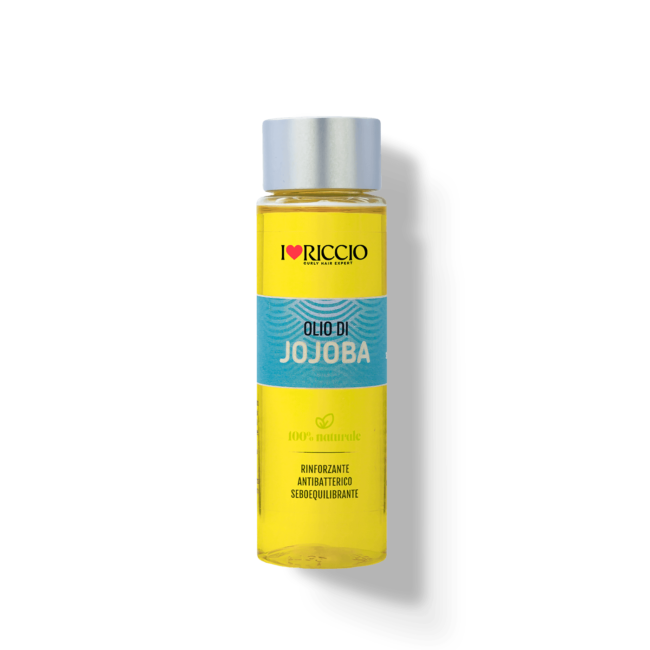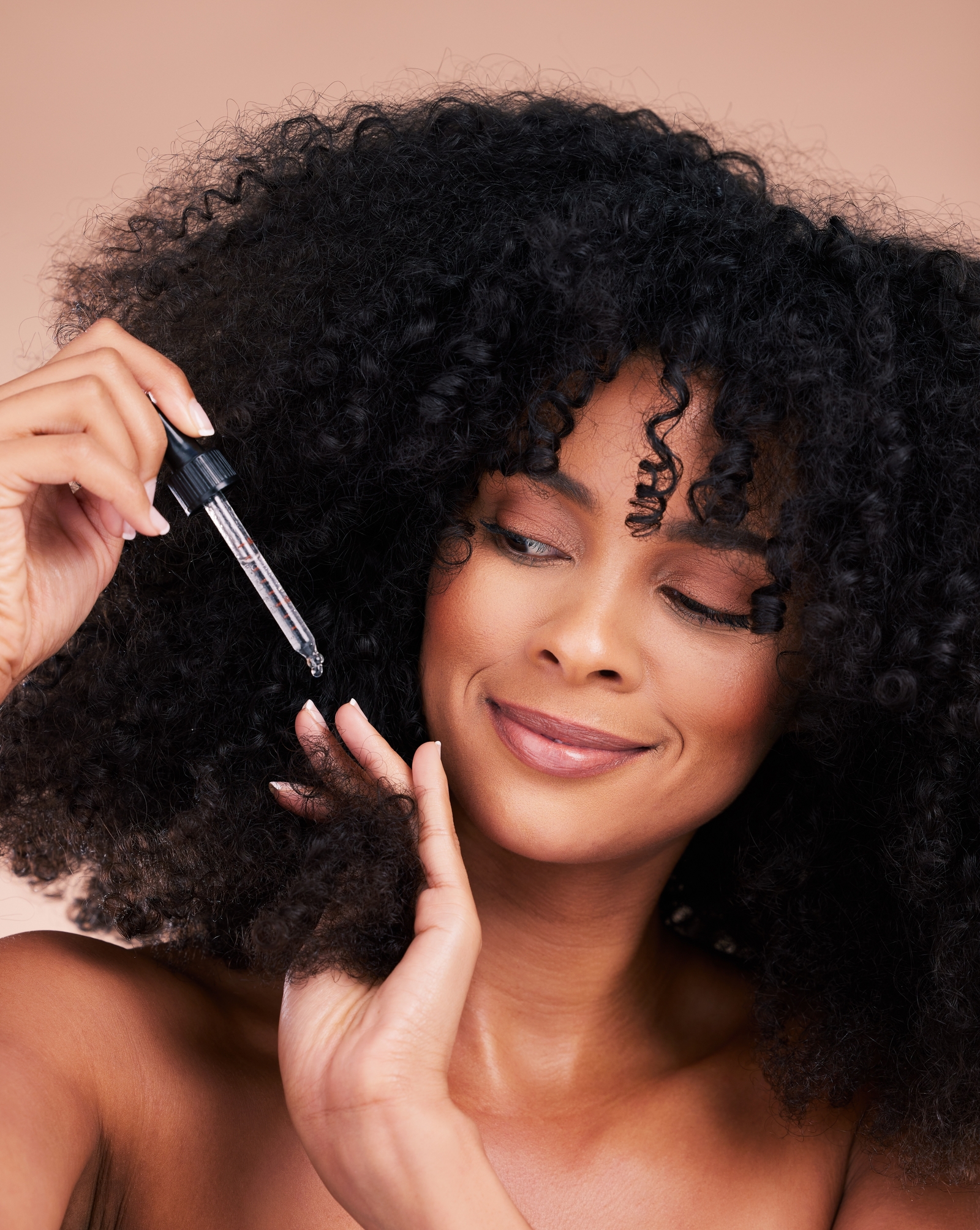Oil has long been considered one of the most valuable hair care secrets, especially for those with curly hair: pre-poo treatments with oil packs are indeed well known by the curly community. But one of the most interesting and lesser-known practices is oil rinsing, which with its simplicity can revolutionise the health and appearance of curly hair.
In this article we will explore in detail what oil rinsing is, how it is done correctly, why it is so important and also analyse its pros and cons.
Oil rinsing can be defined as a hair care method that involves applying a natural oil to wet hair immediately after shampooing, followed by rinsing with warm or lukewarm water and finally applying conditioner and/or a mask. This method is particularly suitable for those with very dry hair, as it provides deep hydration, combats frizz and helps keep curls defined and soft.
Before going into the details of this practice, it is useful to understand the unique structure of curly hair. Unlike straight hair, curls have an elliptical shape and a spiral, or wavy, pattern, which prevents sebum (produced by the scalp) from flowing easily down the hair shaft. This leads to less natural moisturisation of the lengths, consequently making the hair more prone to dryness and brittleness.
Oil rinsing comes to the rescue precisely to compensate for this lack of moisture. The oils in fact penetrate the hair shaft and create a protective barrier, thus helping to seal moisture within the hair shaft and consequently helping the ringlets to maintain good elasticity and shine.
Performing oil rinsing is very simple. Here is a step-by-step guide to get all the benefits of this practice.
1.Preparing your hair
Start by washing your hair with a mild shampoo, preferably sulphate-free. Sulphates, in fact, can be too aggressive for curly hair and deprive it of its natural oils, thus contributing to dryness. After shampooing curly hair, be sure to rinse your hair well with lukewarm water to remove all product residues.
2.Applying the oil
Once you have rinsed off your shampoo, apply a natural oil for curly hair to your hair while it is still wet. Recommended oils include carrot oil, jojoba oil, which we talked about in detail in the article How to care for dry, lacking hair tone, and argan oil.
Distribute the oil evenly over the entire length of your hair, concentrating on the ends, which tend to be drier. Avoid applying too much oil near the roots, especially if your scalp already tends to be oily.
3.Rinse
After leaving the oil on your hair for a few minutes, rinse thoroughly. This is one of the moments in the wash that requires the most attention.
If the oil is not rinsed out properly, it can leave your hair weighed down. Therefore, use lukewarm or warm water, as these temperatures will help to ‘melt’ the oil and facilitate rinsing (however, avoid excessively high temperatures which could damage the hair shaft). The rinse should also be thorough enough to remove excess oil, but not so vigorous as to remove all the nourishing benefits the oil has provided.
4.Conditioning
After rinsing, you can apply a light conditioner to help detangle your hair and add an extra layer of moisture or a mask, depending on your hair’s needs. Leave the product on for the time indicated on the packet and rinse again. You can now move on to styling your curly hair and then blow-drying.

Strengthening, antibacterial and sebum-balancing oil for oily skin and hair, with softening and nourishing action.
Like any hair care technique, oil rinsing has its pros and cons. Let us therefore examine both aspects so that you have a complete picture of what to expect.
Pros
- Deep hydration: oil rinsing is particularly effective in retaining moisture in curly hair, thus helping to prevent it from drying out and keeping it soft and shiny.
- Reduction of frizz: by forming a protective barrier around the hair, curly hair oils help reduce frizz, one of the most common aesthetic imperfections of curly hair.
- Elasticity and definition of curls: this practice helps maintain the natural elasticity of the hair, favouring curls that are more defined and less prone to breakage.
Cons
- Risk of build-up: if not rinsed properly, the oils applied can leave residue on the hair, making it heavy and giving it a dirty look. An additional piece of advice therefore, besides paying attention to the rinsing phase, is to find the right amount of oil to use. In fact, applying it to wet hair takes very little!
- A question of time: compared to the traditional wash hair routine, adding the oil rinsing step can slightly lengthen the washing phase. The advice, in this case, is to carry out this practice by giving yourself some time to pamper yourself and thus turn the moment of caring for your hair into a true wellness ritual.
Oil rinsing is a simple and beneficial practice for those with curly hair. It helps to maintain hydration, reduce frizz and improve definition.
The last tip we would like to share with you, to help you keep your curls looking their best and getting the most out of them, is to apply light styling products when implementing oil rising into your wash hair routine. This is because your hair will already be well hydrated and nourished, so a light leave-in conditioner or curl gel will be enough to define your curls and keep them defined, light and voluminous!






